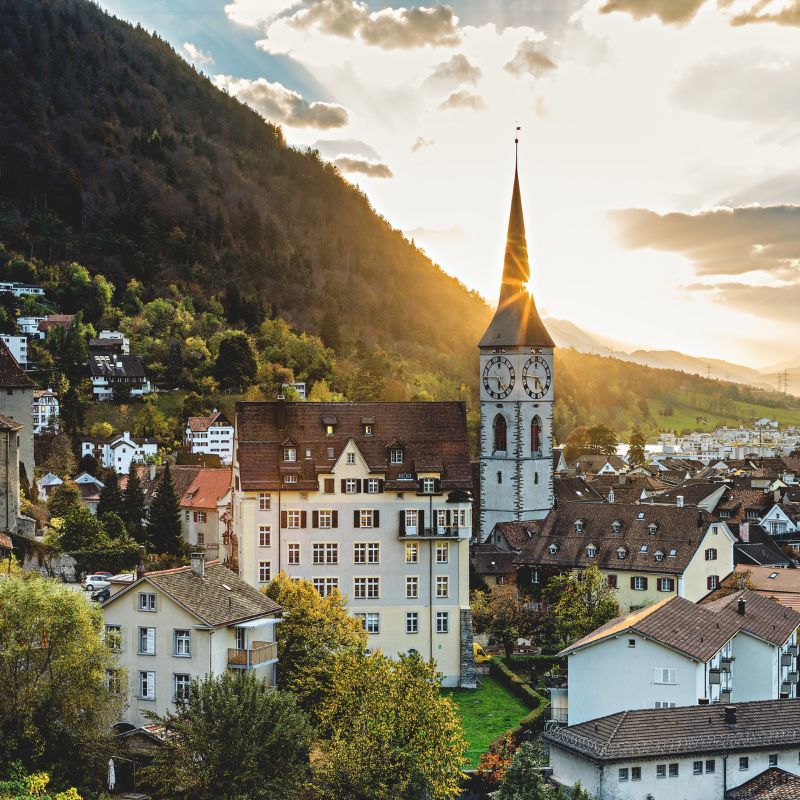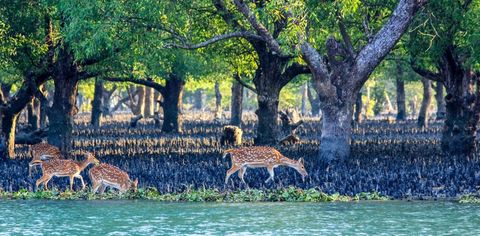
Lush greenery, calm waters, and tranquillity punctuated with the calls of wildlife reverberating through the trees—there aren’t many places as idyllic and enchanting as a mangrove forest. By Manas Sen Gupta
While forests formed of mangroves—trees that grow in coastal waters—make for beautiful landscapes, they are also essential in protecting coastal areas from erosion and mitigating threats of climate change. These forests can store as much as four times more carbon than any other type of tropical forest.
They also provide a habitat for a variety of flora and fauna, including some critically endangered species. With almost 46 per cent of the world’s share of mangroves spread through South Asia, Southeast Asia and Asia-Pacific, we take you through some of the forests open to visitors where you can witness the wonders of nature.
1. Sundarbans, India and Bangladesh

Stretching across India and Bangladesh, the Sundarbans (a UNESCO World Heritage site) is the world’s largest contiguous mangrove forest measuring 10,000 square kilometres in area.
The Sundarbans are home to some of the rarest and threatened animal species such as the saltwater crocodile, the Gangetic dolphin and the Olive Ridley turtle. However, the most famous residents here are the royal Bengal tigers–it is the only mangrove forest in the world where tigers can be found.
A famous point to catch a glimpse of these Big Cats on the Indian side is the Sudhanyakhali watchtower. Across the border, the Katka observation tower and the Harbaria and Karamjal crocodile breeding centres are worth a visit.
2. Cần Giờ Mangrove Biosphere Reserve, Vietnam
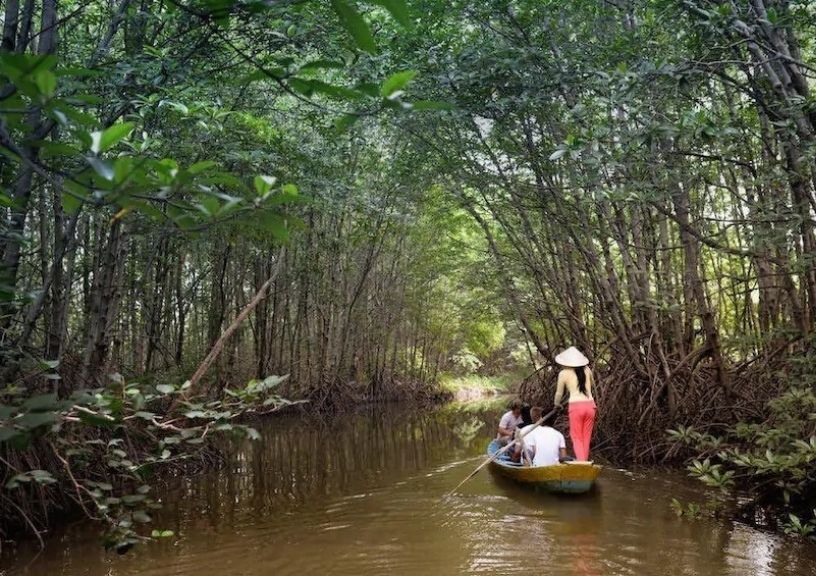
According to UNESCO, the country has 1,057 square kilometres of mangroves in the Greater Mekong region, of which Thailand, Cambodia and Myanmar are also a part. Of this, the largest block of 750 square kilometres lies to the southeast of Ho Chi Minh City as part of the Cần Giờ Mangrove Biosphere Reserve.
Fed by the waters of Saigon and Đồng Nai rivers, the reserve is called the city’s “green lungs.” This unique ecosystem also includes habitats such as mudflats, wetlands and salt marshes. Among the major flora and fauna thriving here are Rhizophora apiculata mangrove plants, saltwater crocodile, spot-billed pelican and the king cobra.
3. National Park of Cape Cà Mau, Vietnam
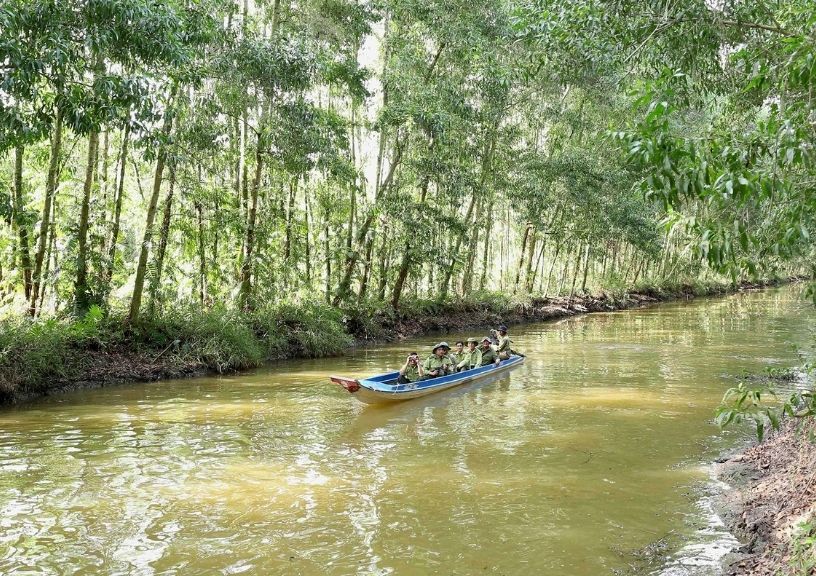
Located on the southern tip of the country, the UNESCO-designated biosphere reserve was once dense with mangroves. But the weapons used during the Second Indo-China War destroyed much of it. However, there has been a gradual rise in the mangrove cover due to the natural reclamation of mudflats and abandoned ponds meant for aqua-culture.
The park houses 10 mangrove species, hosts many wild animals and over 70 species of birds, including the Chinese stork, crab-eating macaque, short-nosed fruit bat, black-headed ibis and grey-legged pelican.
Tourists can take a boat ride to explore the area and even spend a night at a homestay in the middle of the park. The nearby commune is a great place to try local dishes, mostly comprising seafood.
4. Meinmahla Kyun Wildlife Sanctuary, Myanmar

Spread across 500 square kilometres, Meinmahla Kyun Wildlife Sanctuary is located on the south of the Irrawaddy Delta. One of the ASEAN Heritage Parks, this sanctuary is also a Ramsar site, which means it is internationally significant for conservation and sustainable use of wetlands.
From November to February, the ecosystem comes alive with the calls of migratory birds who take the East Asian–Australasian Flyway. Around the same time, the chances of spotting the endangered Irrawaddy dolphins are high. This is also the only place in Myanmar to spot the saltwater crocodile.
Among the many endangered and vulnerable species supported by the sanctuary are the hawksbill turtle, Great knot, Nordmann’s greenshank and Pacific ridley turtle.
5. Bakhawan Eco-Park, Philippines
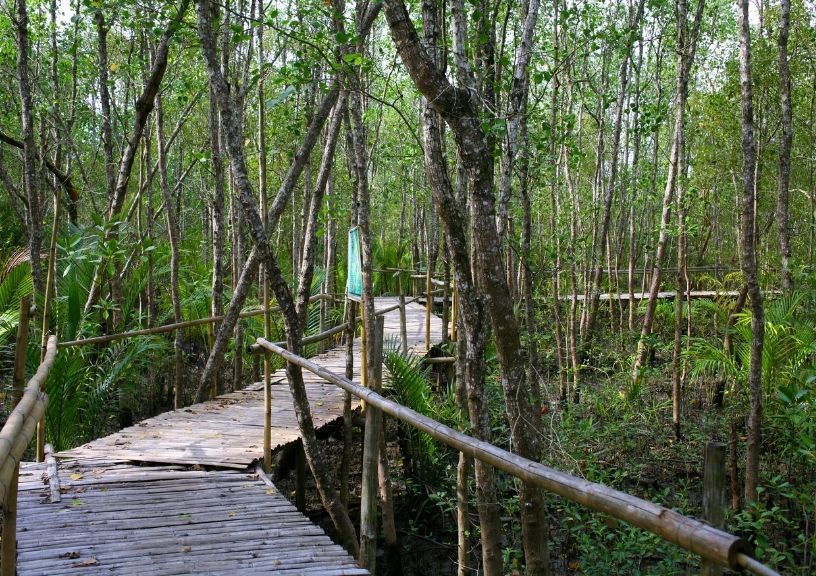
At least half of all the known 65 mangrove species of the world can be found in the Philippines. Though natural disturbances have resulted in a loss of mangroves, serious efforts are being made to reverse the decline, and one notable example is the Bakhawan Eco-Park.
Located in Aklan province’s Kalibo, its creation began in the late 1980s when the local government, NGOs and the community came together to transform a mudflat into a mangrove forest. In 30 years, the effort resulted in the park which is today spread across 2.2 square kilometres.
The visitors can take a kilometre-long bamboo boardwalk that passes through the forest and ends at a platform— where one can enjoy views of the Kalibo river meeting the Sibuyan Sea.
6. Bongsanglay Natural Park, Philippines
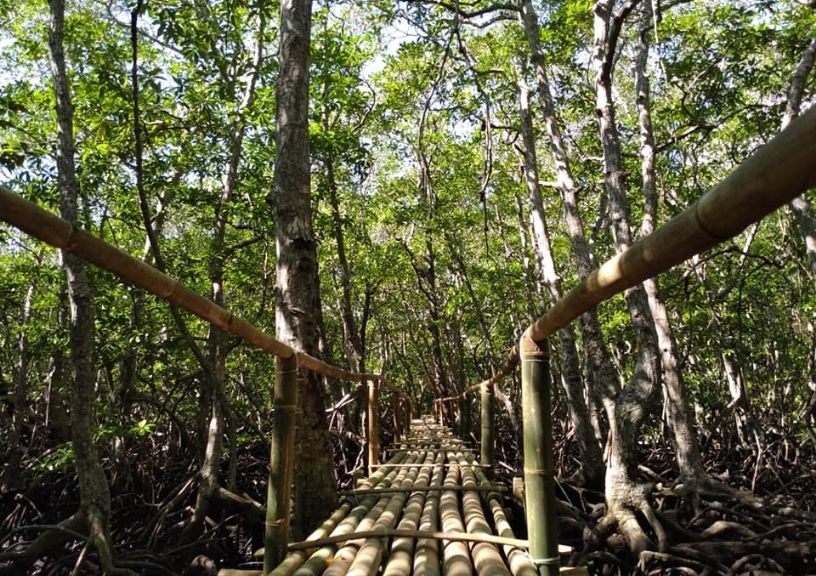
A protected area, Bongsanglay was elevated to the status of a natural park in 2000. Spread across 5.18 square kilometres in Bicol region, it is the only park where all three species of the Sonneratiaceae mangrove family can be found.
A canopy walk or a boat ride are a couple of ways to see some of this region’s oldest trees such as the api-api, locally known as Miyapi, standing at least 7.6 metres tall.
The park is home to birds like the little mangrove heron, reef egret, white-collared kingfisher, Pacific swallow, zebra dove, river kingfisher and pied friller.
7. Ao Phang Nga National Park, Thailand
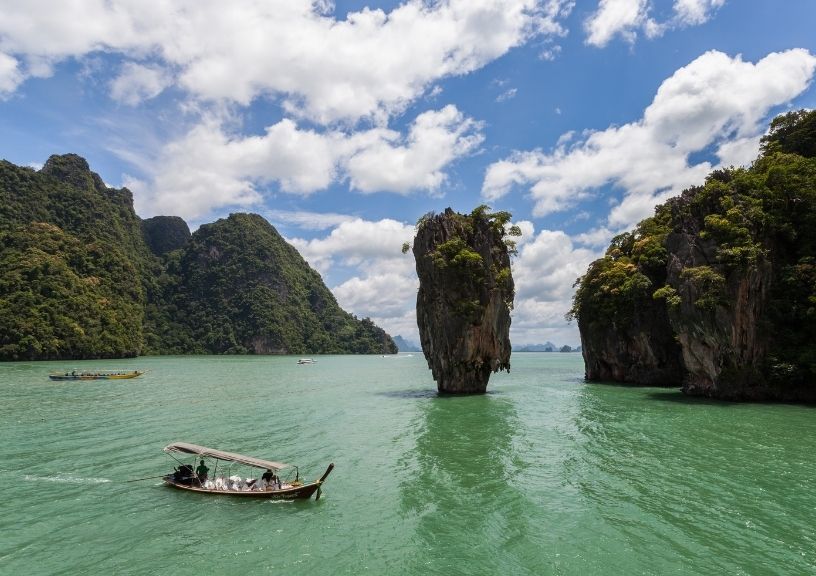
Designated a national park by a Royal decree in 1981, Ao Phang Nga is famous for its Khao Phing Kan island—featured in the 1974 James Bond movie The Man with the Golden Gun. Though the island is a major tourist draw, the 400-square-kilometre park also has the largest remaining primary mangrove forests of Thailand.
Fed by several tidal channels, the stunning forests surround the entire Phang Nga Bay. A Ramsar site, the park houses at least 28 species of mangrove and 80 species of fish.
Visitors should look out for the mangrove pitta, globally threatened Malaysian plover, Bengal monitor lizards, crab-eating macaques, and the endangered white-handed gibbons among other birds and animals.
8. Tanjung Puting National Park, Indonesia
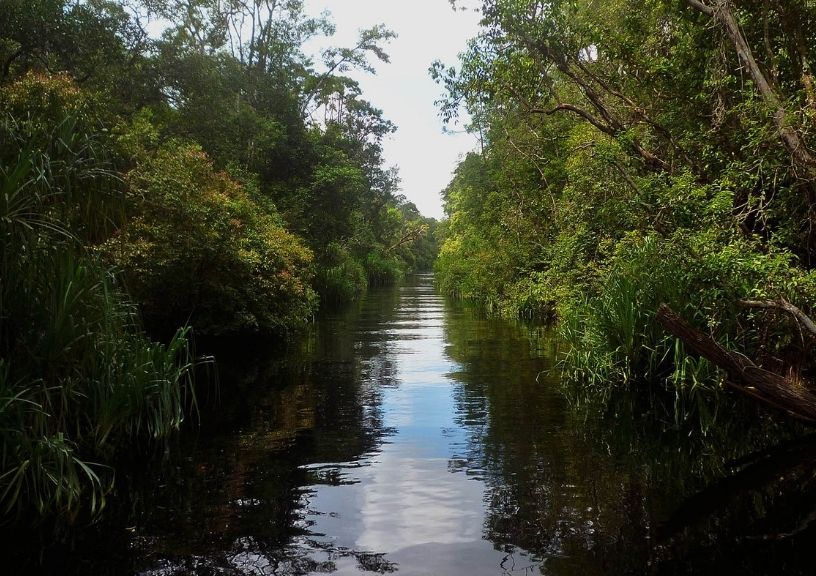
Located in Kalimantan—on Indonesia’s portion of Borneo island, this UNESCO-designated Biosphere Reserve covers around 32.6 per cent of the country’s mangroves.
The 4,150 square kilometres of park area boast a diverse range of forests, including peat swamp and mangroves. The major draw for tourists is the world’s largest wild orangutan population.
Tanjung Puting also shelters other animals like the long-tailed macaque, clouded leopard, agile gibbon, leopard cat, false gharial, long-nosed monkey, and more than 200 bird species.
Related: Eco-Tourism Destinations Around The World That Should Be On Your Bucket List
FAQs (Frequently Asked Questions)
Answer: Sundarbans, the largest mangrove forest in Asia, is located across India and Bangladesh. It measures 10,000 square kilometres in area.
Answer: Major mangrove forests in Asia are found in India, Bangladesh, Myanmar, Vietnam, Thailand, the Philippines and Indonesia.
Answer: There is no single country with the most mangrove forests in terms of numbers. Despite losing the cover rapidly, Asia still has the highest mangrove area.
Answer: As per a 2020 report by the Food and Agricultural Organization of the United Nations, Indonesia has the highest share of the global mangrove forest area with 19 percent. It is followed by Australia (10 percent), Brazil (9 percent), Nigeria (7 percent each) and Mexico (6 percent).


